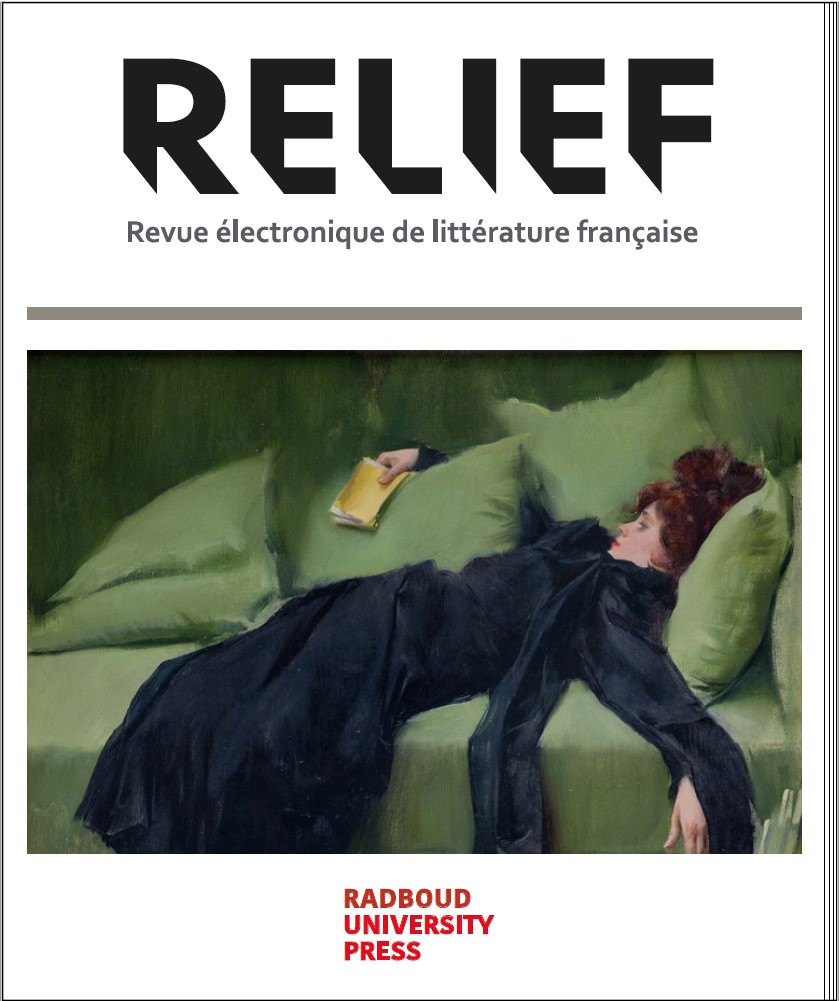Thinking silence, speaking out: reading experiences and reader-subjects in Anglo-American feminist literary theory
DOI:
https://doi.org/10.51777/relief18429Keywords:
women's studies, gender studies, reception studies, female reading, feminist readingAbstract
Since the 1970s, Anglo-American feminist literary theories have continuously offered a critical reflection on female and feminist reading practices and, more broadly, on empirical reading. Often presented as a political enterprise of resistance to patriarchal literary tradition, they are also an examination of the reading experience, particularly the reading of fiction. This paper examines how these reflections were fundamental to the field of reception studies, and still inform work on reading in various disciplinary fields, including literature, sociology, education and cognitive science. It also illustrates how contemporary academic debates about teaching and interpreting violences in literary texts are part of the ethical and hermeneutical shift initiated by these literary gender studies.

Downloads
Published
How to Cite
Issue
Section
License
Copyright (c) 2023 Anne-Claire Marpeau

This work is licensed under a Creative Commons Attribution 4.0 International License.
All articles published in RELIEF appear in Open Access under the Creative Commons Attribution 4.0 International License (CC-BY 4.0). Under this licence, authors retain ownership of the copyright of their article, but they allow its unrestricted use, provided it is properly cited.




